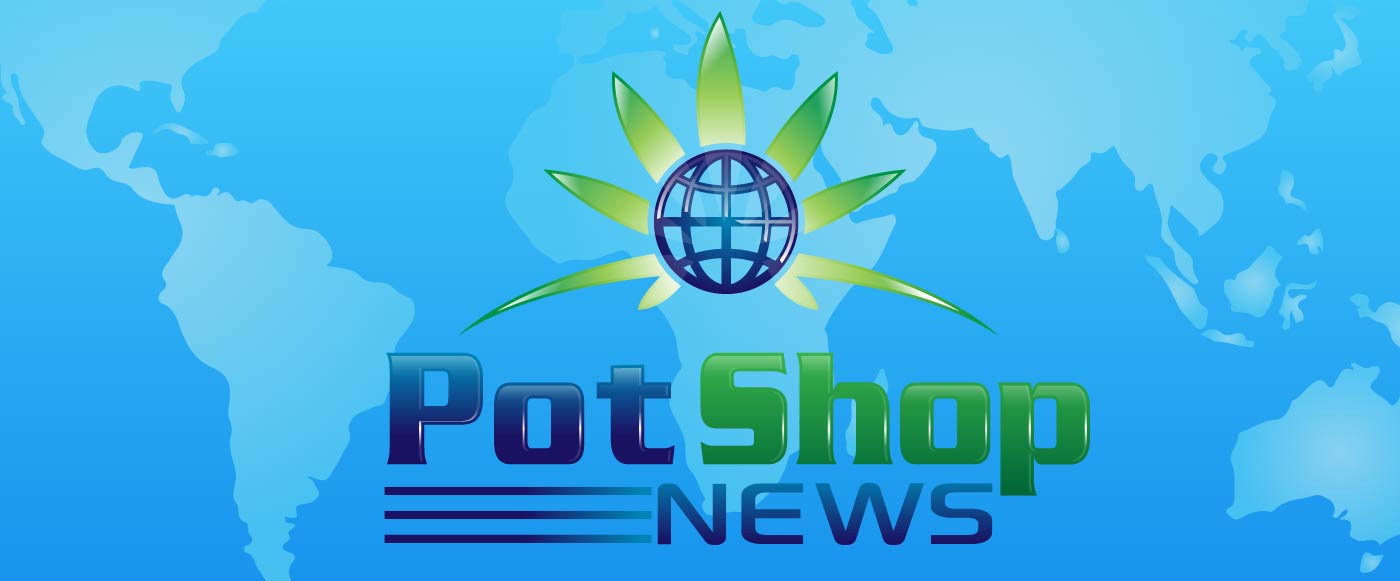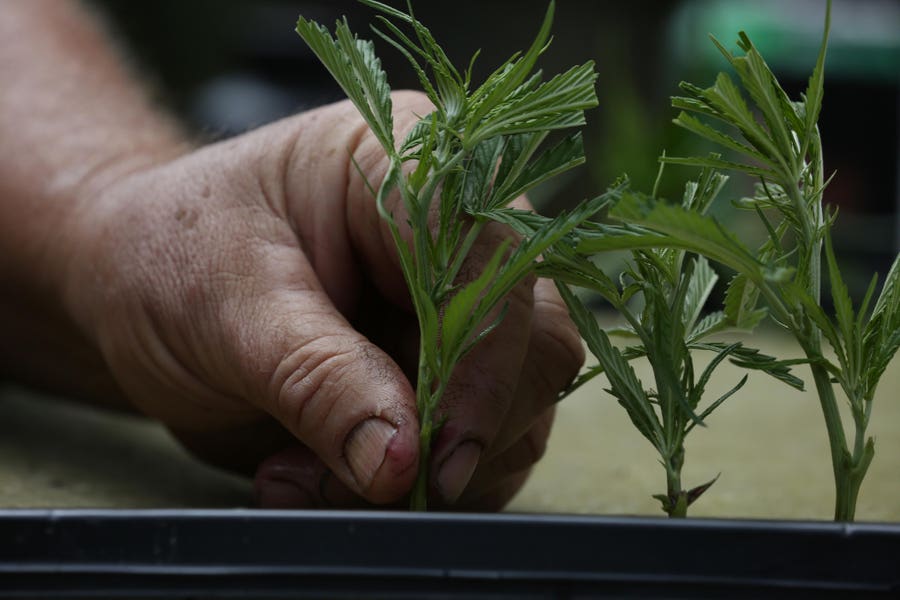[[{“value”:”
The Indigenous Cannabis Industry Association (ICIA) released the first-ever map of Tribal cannabis and hemp programs, completed in collaboration with Vicente LLP. The map shops the true extent of involvement that federally recognized Tribes have carved out in the cannabis and hemp industries.
According to the announcement, 52 Tribal communities currently run federally approved hemp cultivation operations. Of the 574 federally recognized Indigenous communities nationwide—358 of which are in the continental United States—approximately 26% are involved in cannabis or hemp programs. The first regulated Indigenous cannabis retail operation opened in Washington state in 2010.
Rob Pero, otherwise known as Bad River Ojibwe, is founder of Canndigenous, the first independent Indigenous-owned hemp company in Wisconsin, as well as the founder of the ICIA.
“Industries like cannabis and hemp offer unique advantages for tribes, including regulatory sovereignty, geographic benefits, and cultural expertise,” Pero told Forbes last February. In 2022, Canndigenous, operating under the 2018 Farm Bill, became the first Indigenous-owned entity to receive a USDA Climate-Smart Commodities grant, worth $15 million.
“By collaborating on cultivation, processing, distribution, and market access, tribes can create a self-reinforcing economic network that benefits all Indigenous nations, regardless of where they are in their cannabis or hemp development,” Pero said. “Those who have already established successful operations can mentor and support those just beginning, ensuring that no tribe is left behind as these industries grow. This is not just about individual success—it’s about collective economic sovereignty and reinforcing tribal self-determination for generations to come.”
The ICIA and Vicente LLP’s new map indicates the ongoing progress across Indigenous communities in the U.S.
According to the map, locations of Indigenous cannabis programs are in blue and hemp programs in red. Federally approved Native American reservations are in green. Clusters of programs on the map indicate Indigenous-led enterprises that are developing successful supply chains and distribution networks.
Indigenous Tribes and Vicente LLP Collaborate
The goal of the new map is to indicate the size of their economic opportunities. “Indigenous cannabis programs are a vital piece of America’s cannabis movement,” said Andrew Livingston, Director of Economics and Market Analysis at Vicente LLP. “And these businesses deserve recognition. The goal of our study is to provide information on how different Indigenous communities have established their regulated cannabis programs, the size of the economic opportunity, and the ways that regulating cannabis can be structured in the future to further the goals of each community.”
Denver-based Vicente LLP was formerly called Vicente Sederberg, representing clients in the cannabis and psychedelics industries. The team works tirelessly on state and local cannabis policy reform.
Tribal communities in the U.S. possess a form of sovereignty, providing ways to establish their own cannabis laws. In some cases, they operate in conflict with state law in surrounding areas, such as in North Carolina or South Dakota.
“This research project will highlight the thoughtful work that has gone into these sovereign regulatory programs as well as how these businesses affect local employment and revenue for community services,” Pero said in the press release. “Together, we hope to inform, inspire and empower other Indigenous communities considering cannabis as well as policy makers around the world.”
The ICIA recently wrapped up its 1st annual fundraising golf tournament at the Red Wolf Golf Club in Clarkston, Washington. Tribes across the continent are getting involved in hemp and cannabis, possessing the unique opportunity to establish their own regulations.
“}]] The Indigenous Cannabis Industry Association (ICIA) released the first-ever map of Tribal cannabis and hemp programs, completed in collaboration with Vicente LLP. Read More


